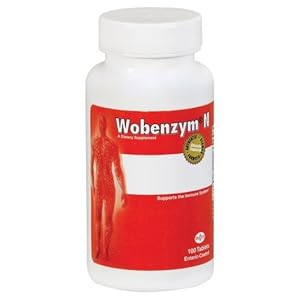Modern medicine has been using stem cells for more than thirty years in the treatment of leukemia and lymphoma. But in the past ten years, scientists have realized the great potential of using stem cells to treat various ailments. Currently around the world, research is being done focusing on the use of stem cells to treat diabetes, spinal injury, brain damage, and heart disease. In veterinary hospitals, stem cells are now being used to treat dog and horses having orthopedic conditions.
What are Stem Cells?
What makes stem cells different from other cells is their ability to renew themselves and transform into different specialized cell types. In embryos, stem cells function as the building blocks of specialized embryonic tissue that will eventual transform into the different organs. In adult human beings, stem cells help repair the body as well as produce new cells for the skin, intestinal tissues, and blood.
Since harvesting stem cells from embryos carry with it a lot of moral, religious, and philosophical issues, stem cells used in research and in treatment are often harvested from the umbilical cord blood and bone marrow.
Stem Cells Therapy for Dogs
Stem cell therapy for animals has advanced in leaps and bounds. Any moral or ethical controversy is eliminated since animal stem cell therapy does not use cells from embryos. Rather, stem cells are harvested from body fat. These stem cells are used to help speed up the repair of bone, ligament, and tendon damage.
Ever since the procedure was made possible in 2005, about 3000 dogs have been treated with stem cells. Clinical tests have proven that stem cell therapy is effective in controlling cartilage and bone damage caused by dog arthritis, most especially in the hips and elbow. In fact, most dog owners who have decided to use stem cell therapy on their dog are people who have not seen any improvement in their dog’s quality of life and have exhausted all other possible treatments for dog arthritis.
Therapy for Dog Arthritis (PDF)






